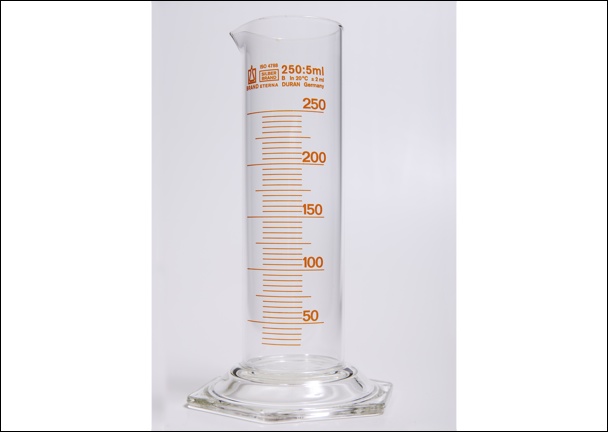We talk a lot about how much the 3D imaging sector has grown, and rightfully so, but I wonder–What the sector’s real capacity? Manufacturers have not been forthcoming with the number of scanners sold or the number of active licenses that they have in use worldwide for their software. Though we are able to capture a large area each year due to the extremely efficient capture rates of most units, I think that there really aren’t that many of us doing this.
Next time you think about it, take a look at the serial numbers on your equipment. The first couple of scanners I bought only had three digits. Most still only have four digits (well, four digits that actually indicate the number of units produced). All of ours have numbers under 2500. I don’t know how many scanners there are on the planet, but my guess is that there are fewer than 15,000 total. If you subtract the many existing scanners that are now better suited as boat anchors, the number still in operation would be smaller than that. If anyone has some better data on this, please let me know!
As anyone in this industry knows, the bottleneck in 3D imaging is not the data collection it’s the processing and modeling. So, while we could go through the same exercise here with software licenses that we did with hardware, the real key indicator of our sector’s total capacity is the sum of our modeling ability.
Here’s a story to illustrate my point. Before I joined SmartGeoMetrics, I was a straight-up service provider. When I moved to Tennessee from Texas, I kept our new office afloat by performing contract modeling for companies all over North America. And I’m not alone, as I’ve spent quite a few nights at SPAR having “off the record conversations” with other guys that have made their living as modelers. It’s astonishing to realize what percentage of the well known scanning projects in our industry were actually completed by a group of about ten guys. Most are like I was; alone or with one or two others, often working out of their home and trying to ride out the “feast or famine” reality of this type of subcontracting.
So here is the scary part: We all make deals with one another for overflow work. On one level, we do this to keep steady work coming in, but the primary reason is so that we can take on projects that exceed our capacity. Unless it’s a ridiculously underfunded venture, you simply cannot afford to turn down projects. So, you enlist your friends to help you meet the deadlines.
This means we are all cross-referencing each other’s capabilities and, as a result, so are the larger engineering firms that are looking to us for modeling (even if they don’t realize it…). This inflates the total capacity numbers. In the end, the total stated capacity is easily 400-500% higher than the real capacity within the market, or the real amount that could actually be modeled at any given moment. Somehow it always works out that we are never all busy to capacity at the same time, but it seems entirely possible that we could be.
This is one of the great things about this industry to me. If you can learn a skill and become very adept at it, you can find work as a subcontractor. If you are great at the business side but lousy on the technical front, you can find others to make you look good. Automated modeling tools and the increased use of raw point cloud data will undoubtedly augment this in the coming years, but they won’t remove the need for both business and technical prowess.
If you’ve been working on a level that is above the issues raised here, remember that you need the people with the skills and personality traits necessary to do the heavy lifting. But then again, the same goes for them needing you. In fact, we are all depending upon one another everyday whether we realize it or not.






